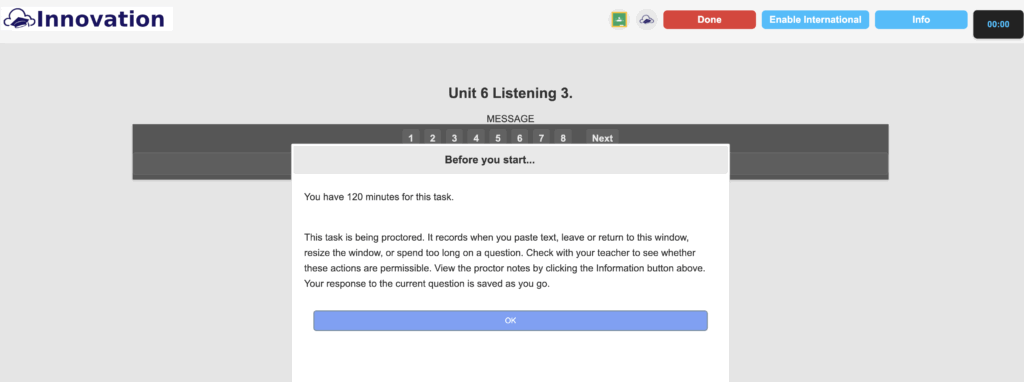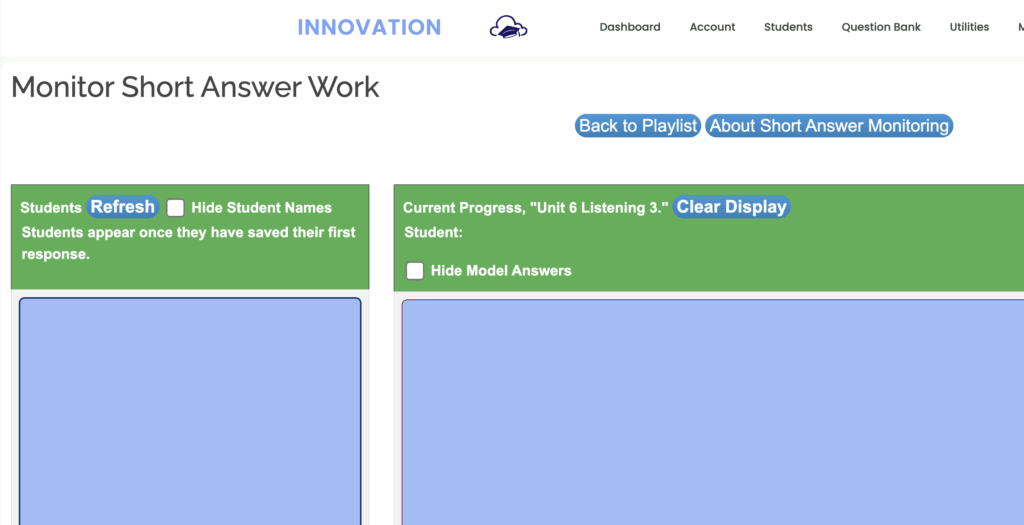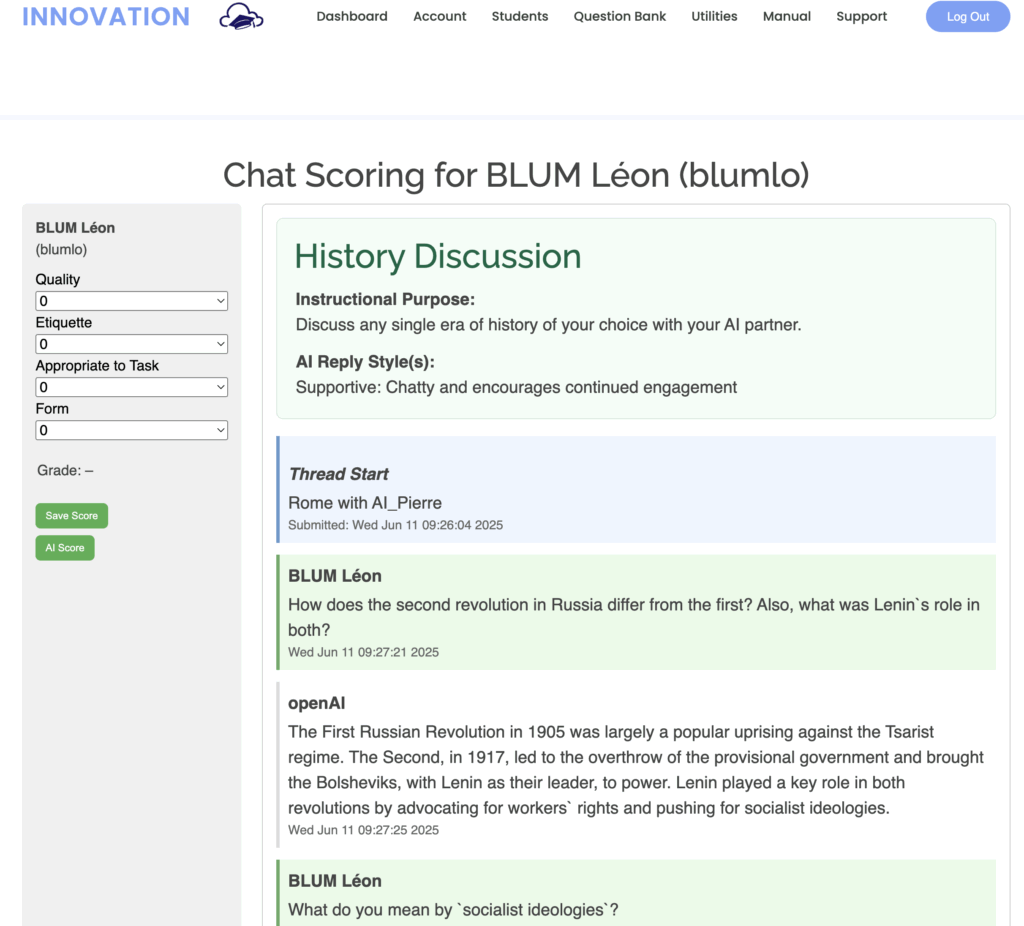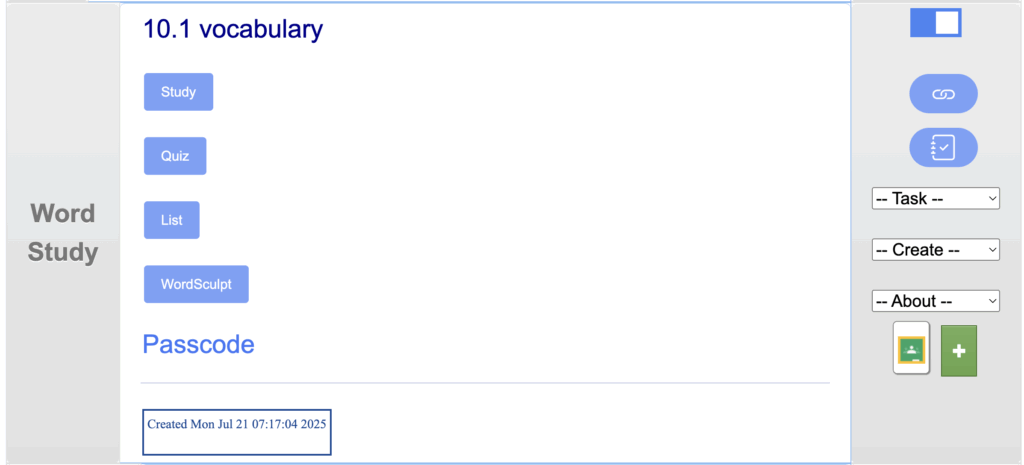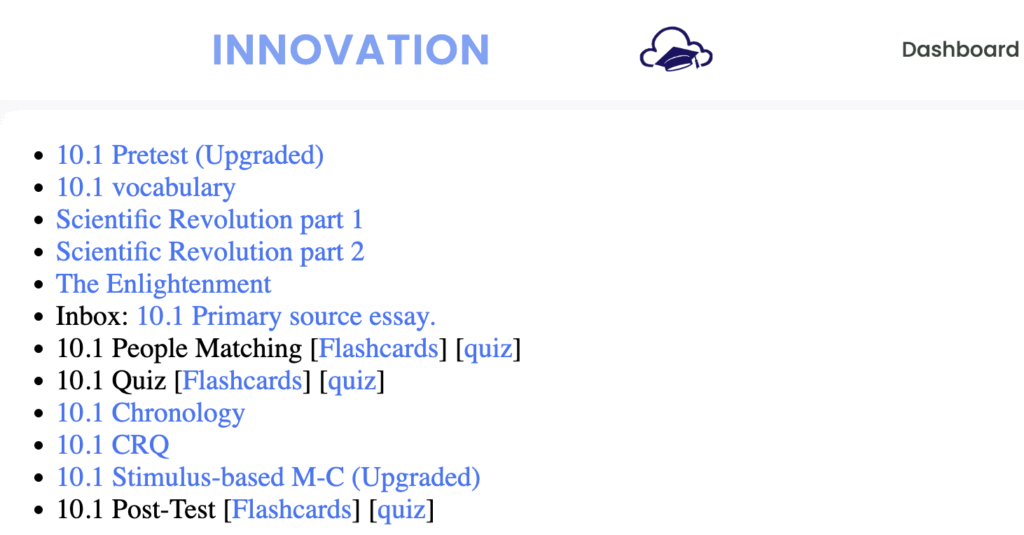Well, the advent of AI in 2022 was both a boon and a bane for Innovation Assessments LLC. As a boon, it was an opportunity to incorporate AI into our apps. As a bane, it meant the main source of our income, sales on marketplaces like TeachersPayTeachers and TeachSimple, were reduced considerably. I closed both accounts last week.
The effort to make Innovation a “going concern” has spanned 30 years under different names. FrenchRegents.com. MultiLilnguae.com. JonesHistory.net. TeachersWebHost.com. The idea was to develop a subscriber base to my applications, software built to meet real teachers’ needs, not what programmers imagined teaching to be like. I never had the capital to launch properly in a crowded marketplace.
I am retired from teaching now. My career ended officially in 2023. I continue to teach remotely a few hours a day August to May because it is a pleasure to teach. My blog posts hence will come from that direction now.
If you want to subscribe to Innovation, you still can. But I am no longer engaging in marketing to promote it. Hey, I gave it a good go! Last spring I made a pitch to a virtual school I work for. Having not heard back from them, I surmise that my impressive Teams presentation was not enough to sell the service. It’s okay. They did me a kindness to hear my pitch.
I started coding classroom apps in 1993 when the closing Air Force base in Plattsburgh, NY donated a dozen or so IBM 286’s to the Crown Point Central School, where I was working. I learned QBasic and wrote simple programs for practicing verb conjugation for French (I was a French teacher then).
In the late 1990s, I was coding in C++ using a Borland compiler. I coded a messaging app, a drill and practice program, and even a security app for Windows 95! I was part-time technology coordinator for the school.
In the early 2000’s while active on a forum for foreign language teachers, I was contracted by a school on Long Island to code a web app for their classes in a “smart classroom”. From there I developed FrenchRegents.com and then SpanishRegents.com and even GermanRegents.com. I made some profit, until Barron’s Regents review made their test banks public, so I shuttered that business.
In 2007, I closed down and frankly foreswore trying to make money coding. It wasn’t until 2011 or ’12 that I tried again. By then, I had switched to teaching social studies (2004 I made the switch). JonesHistory.net was born.
The pandemic really supercharged my coding. I needed apps for teaching remotely. This was shortly after I moved from TeachersWebHost.com to InnovationAssessments.com after consults with a small business specialist. The limited liability company was formed in 2023.
After I retired from Schroon Lake Central School in 2023, I started teaching online part-time for LanguageBird and for Proximity Learning. These continue to be a source of enjoyment for me and an inspiration for app development. Both let me use my own enormous library of teaching materials spanning 30+ years.
A few weeks ago, I did some research and concluded that, if Innovation was to have a future, it needed to be re-coded in a new architecture. I worked for a short while in Python and then in Laravel Blade (a PHP implementation). Oy. The learning curve was steeper than I was able to tolerate. Add to this that I really didn’t have a reasonable expectation of any commercial success for my efforts, I abandoned the effort. It was kind of hard, actually. I have been working to build this, one way or another, for something like 30 years. It’s not easy to switch gears, admit defeat, let it go. But as a matter of principal, I value letting go when necessary.
So, I continue to upgrade the Perl scripts to suit my needs for teaching remotely. It’s a pleasure and it’s easier now with AI assistance. But even ChatGPT, in analyzing my old code, noticied the antiquity. Today it made a a joke about my coding being “like Netscape 1999”. I laughed out loud and I lamented a little that a robot could jest about outdated code.
Reader, rest assured that despite that “ancient” nature of the code, I have secured it against dangers and if you are a subscriber you may be assured of security.
Reader, a lot of this is tied up in being 57 years old and seeing things fade away and change. At this point, I suppose I am grappling with that.
